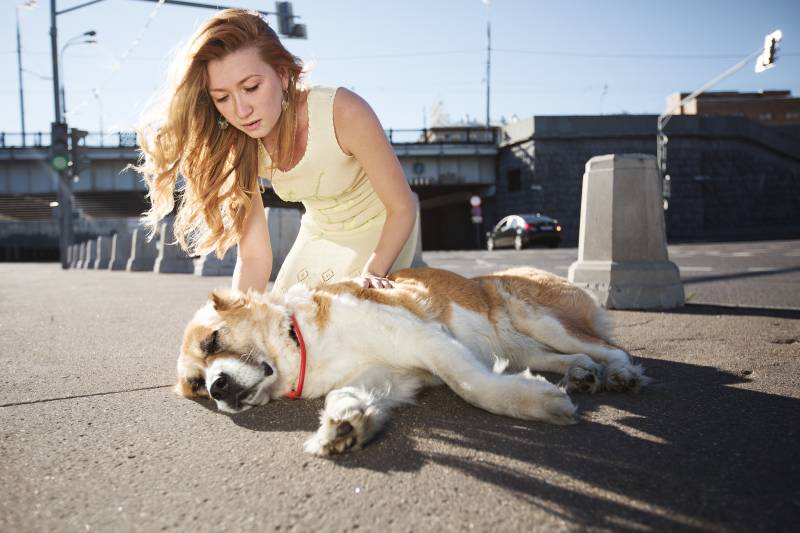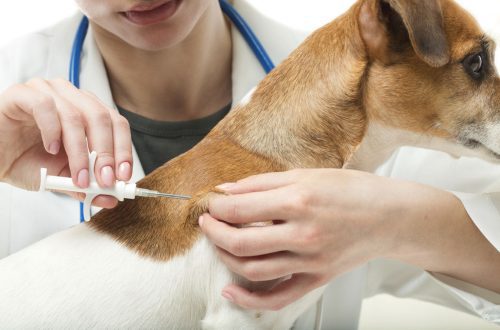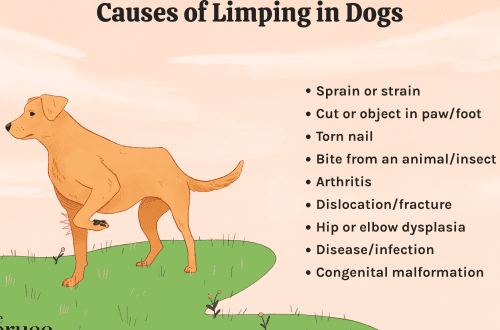
What to do if the dog fainted?
In most cases, dogs that have fainted will recover on their own once the right amount of blood and oxygen reaches the brain. But exceptions are possible. First you need to understand what led to this state. There are many reasons for fainting in dogs.
The main ones are:
various disorders of the heart – weak work of the heart muscle, due to which the cardiac output decreases, cardiomyopathy, rhythm disturbance, tachycardia – the heart rate rises sharply, bradycardia – the heart rate drops sharply, atrioventricular blockade, neoplasms;
neurological disorders – epilepsy, neoplasms;
metabolic disturbances – a decrease in blood sugar levels, a decrease in the level of potassium and sodium in the blood.

Also, diseases that lead to blood clotting, taking drugs that reduce the activity of the autonomic nervous system, stress, pain during defecation and urination, pathological cough, oxygen deficiency in dogs with pathologies of the upper respiratory tract – tracheal collapse, brachycephalic syndrome can also lead to fainting.
What to do if the dog fainted?
If your dog has fainted, you need to lay it on its side, remove the muzzle, collar (including the ectoparasite collar, if the dog wears it), harness. Open your mouth, take out your tongue, make sure that there are no vomit in the oral cavity. If the incident occurred during the hot season, move the dog to a cool ventilated area or shade; if in the cold season, then in a warm room.
If possible, it is necessary to lay the dog so that the level of the head, neck, chest limbs are slightly lower than the level of the heart and pelvic limbs. Put your hands on the heart area and feel its work, try to count the heart rate.
It will also be useful to count the frequency of respiratory movements in 1 minute. One inhalation and exhalation is one breathing movement. If several seizures occur in a short period, try to record them on video so that they can be viewed by a veterinarian.
It is very important to determine what is causing the fainting, so it is important to take your dog to the veterinarian as soon as possible.
Diagnosis begins with a thorough history, so owners should inform the physician of any medications the dog is taking, any episodes of weakness, and changes in the animal’s well-being.
Physical examination includes auscultation, percussion, pressure measurement, ECG to evaluate resting heart rate and rhythm, echocardiography to assess heart size and function, and general clinical and biochemical blood tests. If these studies do not reveal metabolic disorders and disorders of the cardiovascular system, an examination by a neurologist and MRI diagnostics will be required to identify disorders of the nervous system.

Unfortunately, we cannot protect our pets from everything, but we can pay attention to warning signs in time. These include: increased fatigue during a walk and physical activity, pallor of the mucous membranes, cough, general weakness, pain during defecation and urination, uncharacteristic behavior in a familiar environment. Be attentive to your pets, this will allow you to react in time and seek help from a veterinarian.





